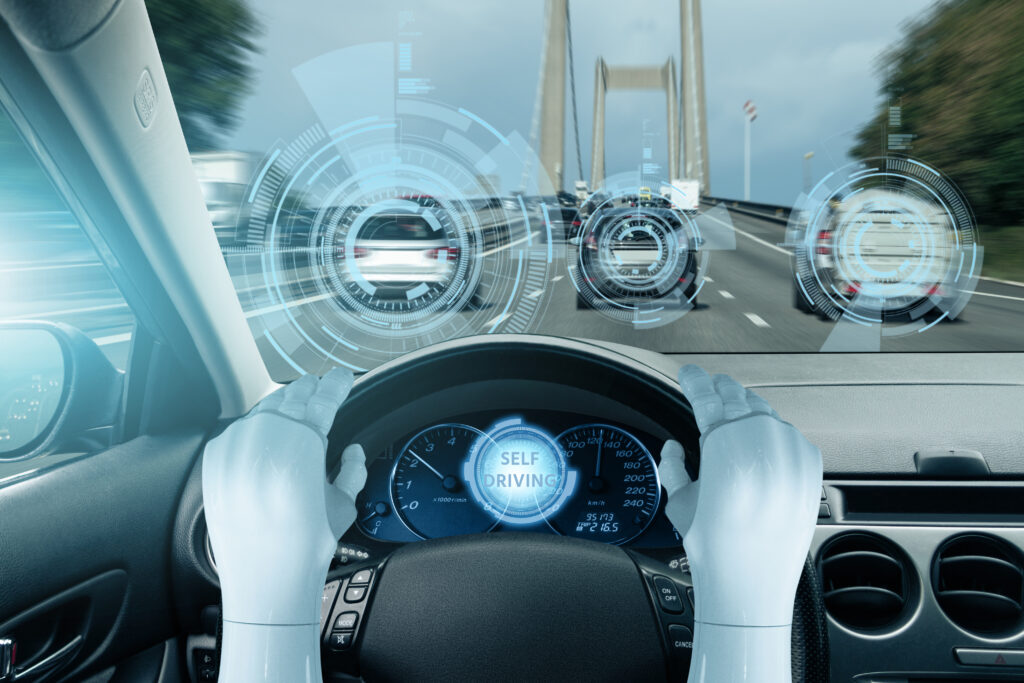The Future of Transportation: Robo-Taxis and How They Change Cities
In today’s fast-changing world of transportation, Robo-Taxis are a big step forward for how we get around cities. These self-driving cars promise to make commuting safer, reduce traffic jams, and cut down on pollution. Companies like Jugnoo are leading the way in making this futuristic vision a reality.
The Exciting Benefits of Robo-Taxis
Robo-Taxis use smart sensors and computer programs to drive safely through city streets. These sensors and programs allow the car to see everything around it, from other cars to pedestrians. Because of this, Robo-Taxis can react quickly to any changes in traffic, like a car stopping suddenly or a person crossing the street. This quick reaction time can help reduce accidents and make our roads safer.
Here are some key benefits of Robo-Taxis:
- Enhanced Safety: Robo-Taxis can reduce accidents caused by human error. They can see and react to their surroundings more quickly than a human driver.
- Efficient Travel: By optimizing routes and avoiding traffic jams, Robo-Taxis can get you to your destination faster.
- Environmental Impact: Most Robo-Taxis are electric, which means they produce less pollution than traditional cars. This helps make our cities cleaner and healthier.

Also read, The Future of Taxi Businesses: Embracing Technology Trends and Innovations
Challenges and Things to Think About
But there are challenges to using Robo-Taxis too. One of the biggest concerns is making sure the technology is reliable and safe. Robo-Taxis have advanced greatly, but they still have imperfections. Sometimes the software can have problems, or the sensors might not work correctly. This is why it is important to have strict rules and tests to make sure everything works as it should.
Here are some of the main challenges:
- Technological Reliability: Ensuring that the software and sensors are always working correctly is crucial.
- Liability Issues: If a Robo-Taxi gets into an accident, it’s not always clear who is responsible. Is it the company that made the car, the people who wrote the software, or the owner of the car?
- Job Impact: Many people work as drivers, and if Robo-Taxis become common, these jobs might disappear. We need to think about how to help people find new jobs and learn new skills.
What People Think
People have different feelings about Robo-Taxis. Some are excited about the idea of safer, more convenient rides. They like the idea of not having to drive and being able to relax or get work done during their commute. Others worry about giving control to computers and the possibility of technical failures.
Many people are thrilled about the possibility of safer, more efficient travel. However, others worry about the technology’s reliability and losing control. Building trust with the public is crucial. People need to feel confident that Robo-Taxis are safe and reliable.
Robo-Taxis Around the World
Robo-Taxis are not just a concept; they are already being tested and used in various cities around the world. Here are some examples:
- Waymo in the USA: Waymo, a subsidiary of Alphabet Inc., has been testing its Robo-Taxis in cities like Phoenix, Arizona. They offer ride-hailing services where customers can experience self-driving cars.
- Baidu in China: Baidu’s Apollo program has launched Robo-Taxi services in several Chinese cities, including Beijing. Their AI-driven vehicles are integrated with local traffic systems for better performance.
- Navya in Europe: French company Navya is operating autonomous shuttles in several European cities. These shuttles are used for public transport and aim to reduce congestion in urban areas.

Future Trends and Innovations
The future of Robo-Taxis looks promising, with several exciting trends and innovations on the horizon:
- Integration with Public Transport: Robo-Taxis could become part of the larger public transport network, offering last-mile connectivity.
- AI Advancements: Continuous improvements in AI will make Robo-Taxis smarter and more efficient.
- Sustainable Practices: Emphasis on eco-friendly practices, such as using renewable energy sources to power Robo-Taxi fleets.
Final Thoughts
As we figure out how to use Robo-Taxis, we need to work together to solve these challenges and make sure everyone benefits. By embracing innovation and addressing concerns thoughtfully, we can build cities that are cleaner, safer, and more connected.
Watch this,
Join us in exploring this new way of getting around and help shape the future of urban transportation. Together, we can make our cities better places to live for everyone.




